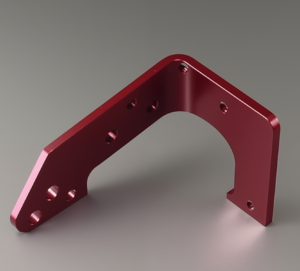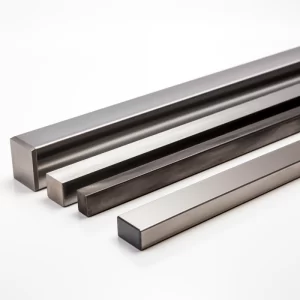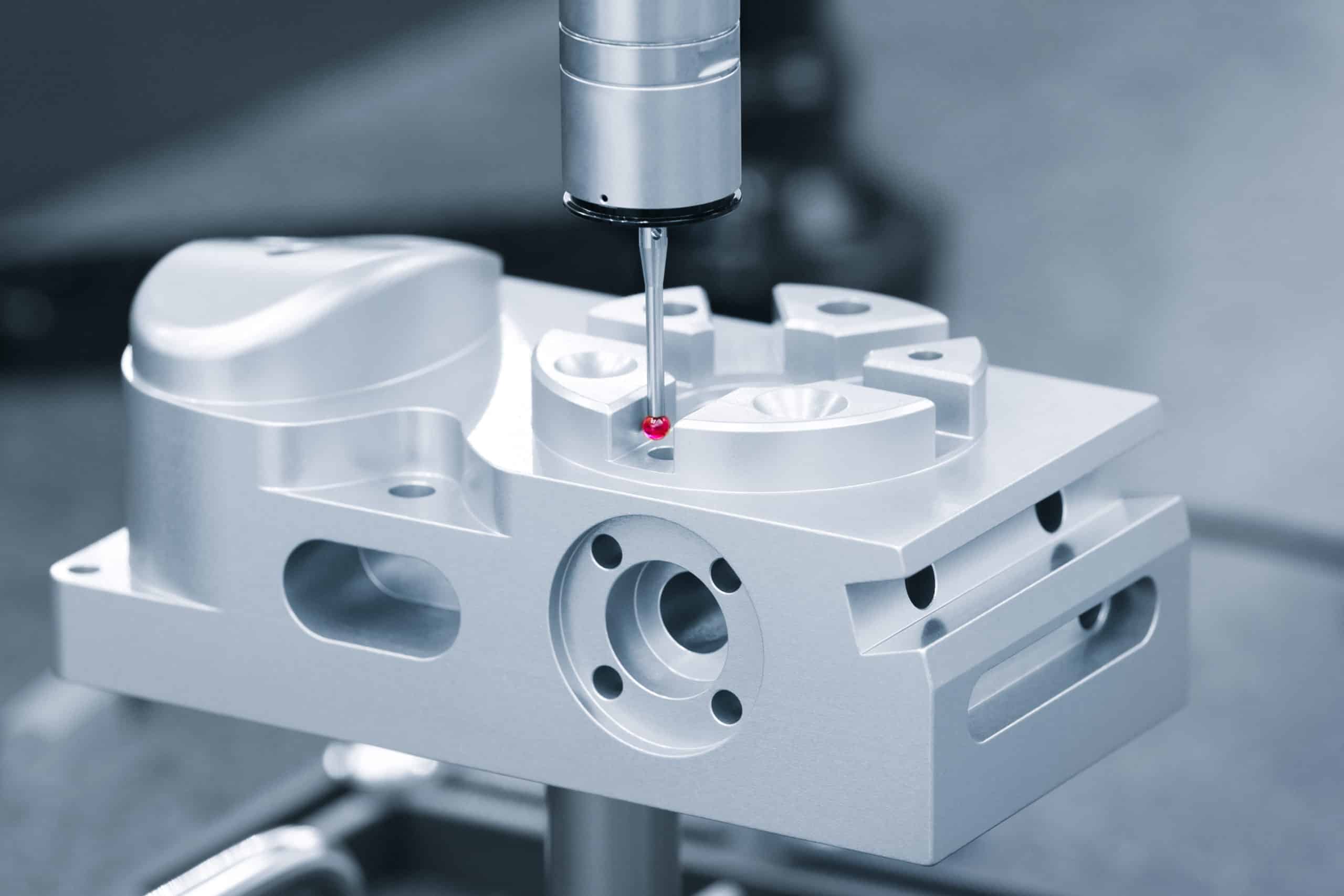Are you wondering what ‘GA’ stands for in material measurements and how it affects your projects? This guide will explain GA thickness, ensuring you have all the information to utilize it effectively.
GA thickness, or Gauge thickness, refers to a standardized measurement of sheet metal thickness. The lower the Gauge number, the thicker the metal.
Discover more about how the Gauge system was developed, its practical applications across various industries, and essential tips for converting GA measurements to standard units. Dive deeper to understand the relevance of GA thickness in your specific field.
Table of Contents
How does the Gauge system measure thickness?
The Gauge system is a traditional method of specifying the thickness of sheet metals by assigning them numbers from a fixed scale.
In this system, each Gauge number corresponds to a standard thickness, which decreases as the Gauge number increases. For example, a higher Gauge number like 20 represents a thinner piece of metal compared to a lower Gauge number like 10.
Originally, the Gauge system was based on the number of times a metal could be passed through a rolling mill to achieve a thinner sheet. Each pass through the rollers would reduce the thickness, increasing the Gauge number. Today, these numbers are standardized under specific thickness measurements in inches or millimeters.
However, the exact thickness can vary slightly depending on the material type and the Gauge standard used (like the American Wire Gauge for non-ferrous metals or the Birmingham Gauge for ferrous metals).

How does the Gauge number reflect material thickness?
The Gauge number inversely reflects the thickness of a material. A smaller Gauge number indicates a thicker metal sheet in the Gauge system, while a larger Gauge number signifies a thinner sheet. This relationship is based on a standardized set of measurements where each step in the Gauge scale corresponds to a specific thickness in millimeters or inches.
gauge chart in inches
Gauge Steel Galvanized Steel Aluminum
3 0.2391
4 0.2242
5 0.2092
6 0.1943
7 0.1793
8 0.1644 0.1681 0.1285
9 0.1495 0.1532 0.1144
10 0.1345 0.1382 0.1019
11 0.1196 0.1233 0.0907
12 0.1046 0.1084 0.0808
13 0.0897 0.0934 0.0720
14 0.0747 0.0785 0.0641
15 0.0673 0.0710 0.0571
16 0.0598 0.0635 0.0508
17 0.0538 0.0575 0.0453
18 0.0478 0.0516 0.0403
19 0.0418 0.0456 0.0359
20 0.0359 0.0396 0.0320
21 0.0329 0.0366 0.0285
22 0.0299 0.0336 0.0253
23 0.0269 0.0306 0.0226
24 0.0239 0.0276 0.0201
25 0.0209 0.0247 0.0179
26 0.0179 0.0217 0.0159
27 0.0164 0.0202 0.0142
28 0.0149 0.0187 0.0126
29 0.0135 0.0172 0.0113
30 0.0120 0.0157 0.0100
For example, in the case of sheet metals, Gauge 12 might represent a thickness of approximately 0.1046 inches, whereas Gauge 24 would be about 0.0239 inches. This inverse relationship allows for a quick reference in determining material thickness based on Gauge number, which is essential in fields requiring precise specifications like construction and automotive manufacturing.
gauge chart in mm
Gauge Steel Galvanized Steel Aluminum
3 6.07
4 5.69
5 5.31
6 4.94
7 4.55
8 4.18 4.27 3.26
9 3.80 3.89 2.91
10 3.42 3.51 2.59
11 3.04 3.13 2.30
12 2.66 2.75 2.05
13 2.28 2.37 1.83
14 1.90 1.99 1.63
15 1.71 1.80 1.45
16 1.52 1.61 1.29
17 1.37 1.46 1.15
18 1.21 1.31 1.02
19 1.06 1.16 0.91
20 0.91 1.01 0.81
21 0.84 0.93 0.72
22 0.76 0.85 0.64
23 0.68 0.78 0.57
24 0.61 0.70 0.51
25 0.53 0.63 0.45
26 0.45 0.55 0.40
27 0.42 0.51 0.36
28 0.38 0.47 0.32
29 0.34 0.44 0.29
30 0.30 0.40 0.25
Do Gauge standards differ across industries?
Yes, Gauge standards do differ across industries. The Gauge system originally developed for different types of materials and manufacturing methods has resulted in multiple standards. For example, the American Wire Gauge (AWG) is used primarily for electrical wires, while sheet metal thickness is typically measured using the Standard Steel Gauge.
Furthermore, the standards can vary not only by industry but also by material. For instance, the Birmingham Wire Gauge (BWG) is commonly used for iron and steel tubing, and different standards may apply to materials like aluminum versus steel due to their differing properties. These variations in Gauge standards across industries ensure that measurements are suited to specific materials and their typical uses, contributing to precision and safety in manufacturing and construction.
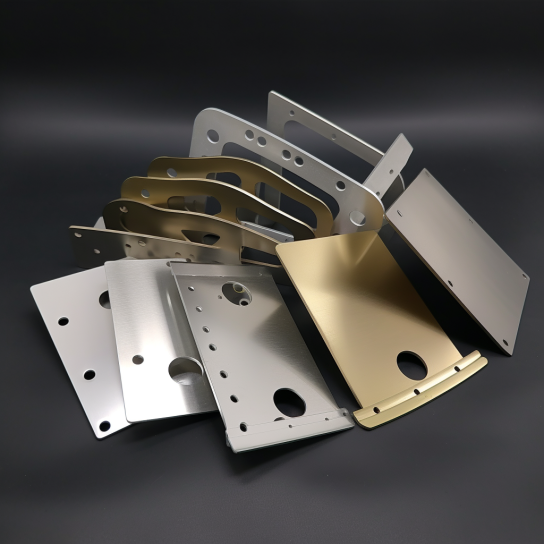
What materials are commonly measured in Gauge?
Materials commonly measured in Gauge include a variety of metals, each often used in specific industrial and commercial applications. Here are some of the most typical examples:
- Sheet Metal: This category includes stainless steel, carbon steel, and aluminum, often used in the construction of buildings, ductwork, and automotive bodies. Sheet metal gauges help determine the actual thickness of these metals, which is essential for accurate project specifications. Utilizing a sheet metal gauge chart is highly recommended for precise measurements.
- Wire: Electrical wires and cables, made from copper and brass, are frequently sized using the American Wire Gauge (AWG) system. The gauge size directly relates to the wire diameter, with a higher number indicating a thinner wire.
- Metal Tubing: Commonly used in mechanical systems and constructions, this includes galvanized and stainless steel. Tubing dimensions are often checked against a steel gauge chart or stainless steel gauge chart for accuracy.
- Metal Foil: Aluminum foil is used extensively in packaging and insulation. An aluminum gauge chart can verify the thickness of sheet metal like this.
Each gauge chart typically lists gauge sizes in the left column with the decimal equivalent and actual thickness values in the following columns: millimeters (mm) and inches (inch). Sheet metal gauge charts are tools that facilitate this conversion and are vital in ensuring the correct material thickness decreases appropriately with each gauge size.
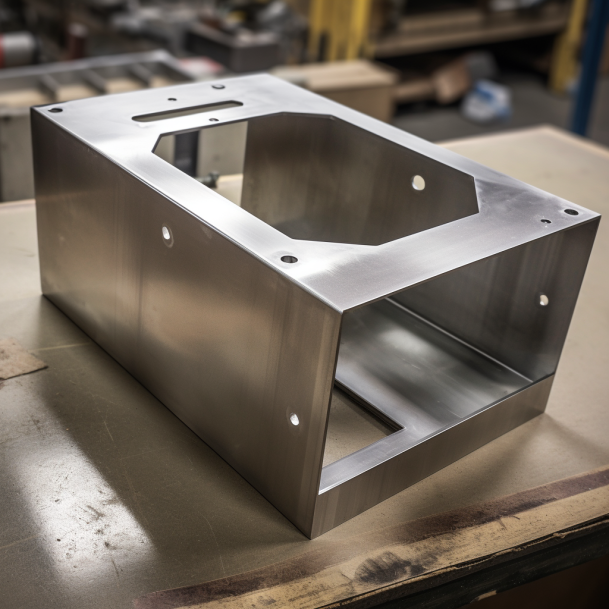
How to choose the right GA for your project?
Choosing the right gauge of sheet metal for your project depends on several factors, including the project’s specific requirements, the type of metal needed, and the environmental conditions it will face. Here’s a guide to help you select the appropriate gauge:
1. Understand the Application
- Structural Stability: Thicker metals (lower gauges) offer more strength and rigidity, making them suitable for structural components or parts that need to support weight.
- Formability: Thinner metals (higher gauges) are easier to bend, cut, and shape, making them ideal for decorative elements, ductwork, or casing.
2. Determine the Type of Metal
- Different metals have different strengths and properties. For instance:
- Steel is typically used for structural applications due to its high strength.
- Aluminum is lighter and more corrosion-resistant, suitable for outdoor or corrosive environments.
- Galvanized steel offers additional corrosion resistance and is used in outdoor applications.
3. Consider Environmental Conditions
- If the metal will be exposed to harsh conditions like moisture, chemicals, or extreme temperatures, opt for a thicker gauge and a type of metal that resists these factors.
4. Check Local Codes and Standards
- Some projects, especially in construction and manufacturing, may be subject to local building codes or industry standards that specify minimum thickness or types of materials.
5. Calculate Weight and Cost
- Thicker gauges will be heavier and often more expensive. Consider how the weight and cost of the metal will affect the overall project budget and logistics.
6. Consult with Professionals
- If unsure, consult a professional fabricator or a structural engineer. Their expertise can help you choose based on your project’s specific needs.
7. Prototype
- If feasible, create a prototype with the chosen gauge and test it under conditions similar to how the final product will be used. This can help identify any issues with material choice before full-scale production.
Conclusion
Gauge is a critical measurement standard for sheet metal thickness and is pivotal in manufacturing and engineering. It ensures materials meet specific requirements for durability and performance. Different metals have distinct gauge scales, influencing the choice based on structural, economic, and processing considerations. Accurately selecting the right gauge is essential for product safety, functionality, and cost-effectiveness, making gauge knowledge indispensable in fields such as automotive, aerospace, and construction.
Frequently Asked Questions
- Generally, thicker metals (lower gauge numbers) are more expensive due to their greater material volume and weight. However, using a thicker gauge than necessary can unnecessarily increase project costs. Balancing the gauge requirements with the structural needs of your project can optimize costs while ensuring functionality and safety.
- Yes, there are specific tools known as sheet metal gauge tools that can help you measure the thickness of a sheet and determine its gauge. These tools are handy for ensuring the metal you’re using meets the specifications of your project or for checking the thickness of metal if the gauge is unknown.
- Temperature can significantly impact the properties of sheet metal. Higher temperatures can make metals more malleable, which might alter bending and cutting processes. Considering the working temperature is important as some metals might expand or soften, affecting precision and measurements.
- Selecting an inappropriate gauge can lead to several issues. If the gauge is too thin, the metal may not be able to support the required loads, leading to bending, warping, or even failure. Conversely, using a too thick gauge can result in wasted resources, increased costs, and difficulties in processing. Accurately assessing the load requirements and environmental conditions will help in choosing the right gauge.


